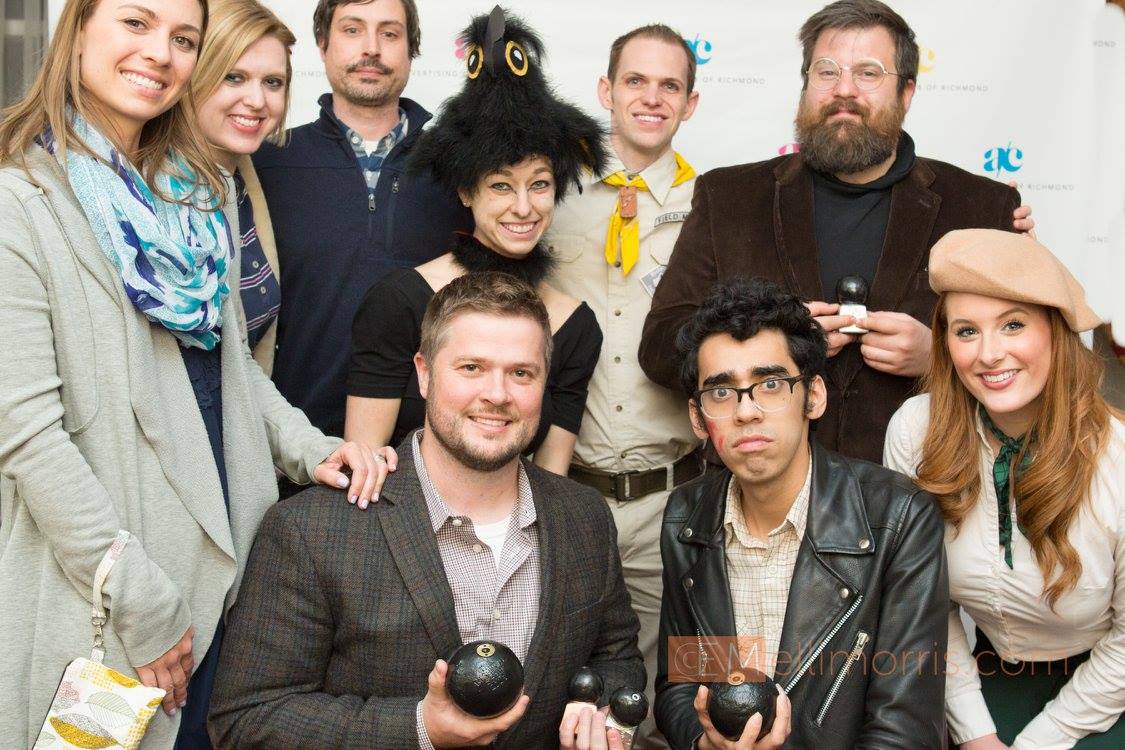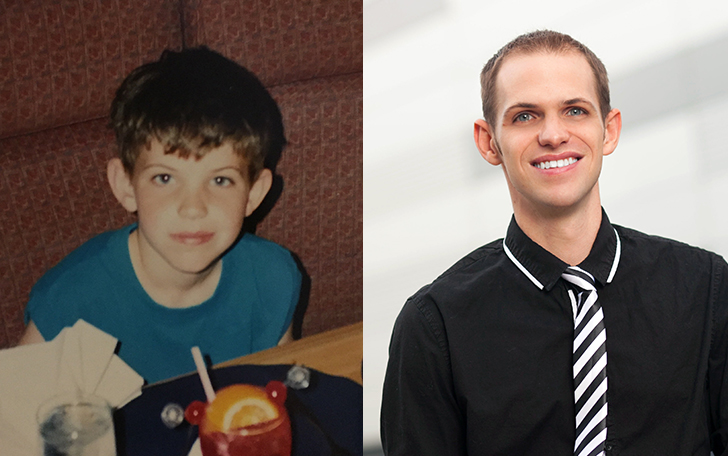
When you think about a good advertising campaign, you may remember a flashy commercial, witty copy in a radio spot or even the unique graphic design in a print ad. What many don’t see is how much research went into each of those creations, from understanding who to target with the message, to where to place the message so it will best reach the audience, to how to know it’s working.
Research is so important because placing a message in the right way and with the right content is crucial to reaching a company’s target audience. Women 22-35 years old may have completely different values, goals and beliefs than women 36-50 years old. Similarly, homeowners will have different values and goals than those who own apartments or live with family. There are so many factors and values that influence a purchase or position a brand in a consumer’s mind. Understanding what those factors are, as well as how they influence consumers is integral to the creation of the advertisement.
Good research starts with understanding where a company is in the market. This includes analyzing what their competitors are doing and what the industry’s trends are. Combining that with an exceptional knowledge of the company’s service or product being offered, their company background and who they’re currently marketing to will help researchers understand where the company is in it’s industry and where it is heading. This also includes identifying the “unique selling points” (USPs) of the product or service, and developing a SWOT analysis for the company. These aspects (the company, product, industry, consumer, competitive and analysis) are primarily discovered with secondary research (research obtained from a source that initially discovered the data) and come together in what is known as the Situational Analysis. These will be used as a knowledge platform for additional questions to be asked that are more tailored to uncovering the touch points between the brand and the target consumer.
To more precisely understand what messaging a company needs to have for it’s product or service, primary research (research obtained from new studies that are completed for the specific client/ issue at hand) is performed. Usually, primary research starts with an initial survey is done that generates a large amount of quantitative data from the target consumer that is related to the industry and category of the product or service. With that data, researchers can get a better direction into what they need to discover during in-depth interviews and focus groups with target consumers to see how they feel about the market the company is in as well as to get an idea as to how the target consumer will respond to the product or service being offered. Other forms of primary research in this area of market research can include shop-a-longs, observation studies, and many more that can gain insightful qualitative data that provides the foundation for a strong, effective campaign.
Once all the data is gathered, an agency can better define who they are targeting and the target’s specific values, interests and other sociodemographic information. With this information, account planners can build a target profile for the target consumer. This includes insights into what their motivators are for purchases surrounding the industry the client’s product or service is in. Here is also where the findings from the research become in-depth insights that connect the brand and the consumer via actionable and reasonable touch points. These touch points are what the brand’s creative should “touch” on to best connect the consumer and have a message that strongly resonates.

After this, the agency’s team has reached the last stretch of the race for an amazing campaign. With research and an extensive knowledge of the target consumer under the belt, BIG IDEA creation is born. This big idea will usually take the brand truths and match them to the truths of the consumer in a creative way across different platforms (whether it be social, out of home, experiential, print, broadcast, digital, etc.). These messages will cut through other advertising clutter, resonate with the consumer, position the brand at a top-of-mind recall for the consumer and ultimately reach the goals of the client.
At the end of the day (usually in weeks or months) if the research was done right and the time to properly analyze it was taken, there will be a campaign that is effective, exciting and talked about. Once advertisements have taken life across the different platforms being utilized, it is always important to understand how to measure the campaign’s performance. The metric data gathered on the different platforms will allow an agency to see how well the campaign is doing, make changes, if necessary, and use that information to better place messages in the future. Metrics are also a great way to show the client in a concrete manner how well their campaign is performing for the target consumer.
Research…some love it, most think it’s pretty boring. However, it is crucial to a great campaign. As long as one understands how vital research is to a campaign and it is done well, success, and the client’s happiness, isn’t far behind.






